A Peek Behind the Wing Commander Curtain



Chris Roberts is hard at work building Star Citizen, yet still finds time to discuss things like the game's physics with fans on the RSI forums. Chris was actually studying physics at Manchester University when he decided to switch paths and make games full time. In a series of recent posts, he also had some interesting revelations regarding the Wing Commander engine and its physics implementation. It's a fascinating (and detailed) look at an aspect of the game many haven't thought about:
...The idea is that the basic / beginner / simple IFCS will be set up to make flying around pretty simple and intuitive. It will take the pilot's inputs and map them to behavior similar to Wing Commander / Privateer - you control the orientation of your ship and set a desired velocity, the IFCS tries to achieve a velocity vector matching your forward vector multiplied by desired speed - which was actually how Wing Commander / Privateer actually worked - it was a basic Newtonian under it all despite popular belief - its why you would "slide" when you hit afterburners and tried to turn - normally there was enough excess thrust for maneuvering to adjust the velocity fairly instantaneously but as the speed got higher it would take a little while to correct to the desired velocity vector...Image by Bearcat....as WC is concerned the ships had two thrust ratings - a "Maneuvering" thrust rating and a "Main" thrust rating. The maneuvering thrust rating was used to adjust the velocity vector outside the main thrusts direction (which was always forward). IT was assumed the maneuvering thrust could be applied in any direction (Other than forwards which the main thrust took care of) WC did use a basic Newtonian model (I should know as I programmed it!) but it was simplified in terms of simulating the ships ability to apply force to change its velocity vector, with the simulation of the thrusters abstracted to a maneuvering and main thrust ability per ship.


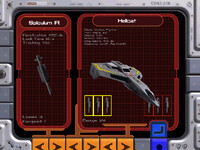


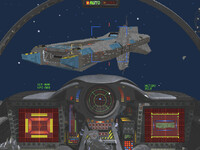

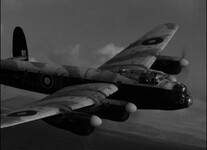
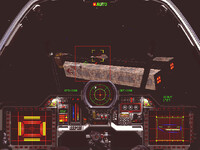


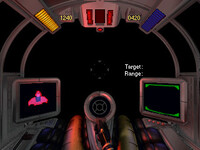

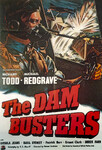
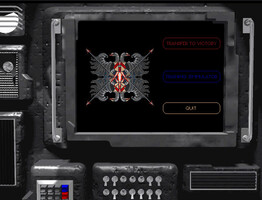
Follow or Contact Us